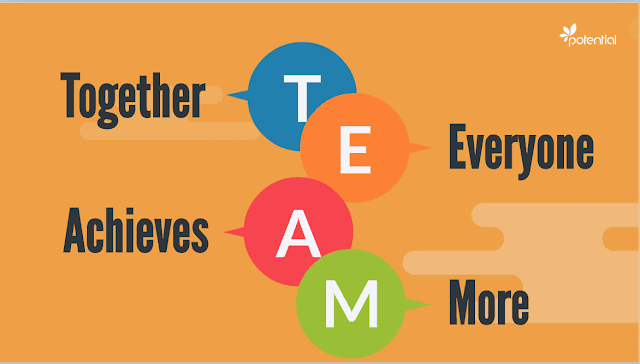Top 10 Project Management Predictions for 2016
By Harold Kerzner, Ph.D.
Senior Executive Director for Project Management, IIL
We are in a rapidly changing evolutionary period which I refer to as “Project Management 2.0 (PM 2.0).” Even though many project management practitioners and educators have been expounding the birth and virtues of PM 2.0, sitting in the wings is PM 3.0 waiting to come on stage.
Below are the top ten predictions I am making for 2016 as a result of PM 2.0 and PM 3.0. Some of these predictions have already come true for some companies, but for the majority of firms these will happen in 2016.
Executives will place more trust in the project manager and in project management overall.
For decades, executives were afraid that project managers would be making decisions that were reserved for the executive levels of management. This limited the authority and decision-making abilities of the project managers. To make matters worse, there was a misbelief that project managers did not know enough about the business in order to participate in business decisions. In 2016, project managers will participate in both project- and business-related decisions and trust in project managers will increase.
Project managers will manage more of the strategic projects.
Historically, strategic projects were managed by functional managers because executives had limited trust and faith in the decision-making abilities of the project managers. All of this will change and project managers will assume responsibility for managing the portfolio of strategic projects.
Project sponsorship by a single individual will be replaced by committee governance.
As projects become larger and more complex, it is increasingly difficult for one person to provide all of the necessary support. Committee governance will replace traditional project sponsorship on many projects, especially those in the strategic portfolio.
Corporate resource management practices will come of age.
The biggest challenge facing most executives is that they do not know how much additional work the organization can take on without overtaxing the existing labor force. By establishing an effective capacity planning system, projects will be approved, added to the queue, and prioritized based upon resource availability. Effective resource management practices should allow us to design a portfolio of projects that will maximize the value that the company will receive.
Structured business case development will become a necessity.
All too often, projects are approved based upon an unstructured business case that is riddled with holes. Companies will develop templates for the preparation of a business case, accompanied by a benefits realization plan and a description of the value expected at project completion.
“Value” will be the most important word in the project manager’s vocabulary.
The definition of a project will include wording on value to be expected. The definition of project success will be based upon value delivered rather than meeting the project’s constraints. Metrics will be established for measuring benefits and value throughout the life cycle of the project.
The need for paperless project management will grow.
Companies will finally realize the cost of preparing useless reports and handouts that nobody wants nor reads. Paperless project management practices will be accompanied by a rapid growth in dashboard reporting of project performance. Executives can expect to see “real time” data on the dashboards rather than having to wait for months to pass by before a report is prepared. This should certainly allow for decisions to be made in a timely manner based upon evidence and facts rather than guesses.
The number of metrics to be used on a project will increase.
You cannot determine the actual performance of a project, or a project’s success, just by looking at time, cost, and scope. Let me say that again so that it sinks in: You cannot determine the actual performance of a project, or a project’s success, just by looking at time, cost, and scope. For more than five decades (that’s right, five decades) we have avoided looking at additional metrics because we did not know how to measure them. We looked at the easiest metrics to measure, namely time, cost, and scope. This is going to change. We may end up with 10-20 metrics on each project and the metrics can change in each life cycle phase.
Tracking assumptions and constraints will become a necessity.
For years, we took the easy way out during project execution and believed that the assumptions and constraints would remain fixed over the duration of the project. Now, some of the new metrics we develop will track the assumptions and constraints on projects. This will make it easier to redirect failing projects or those projects that will not provide the expected benefits and value.
Project management maturity models will account for the changes in PM 2.0 and PM 3.0.
There are several project management maturity models in the marketplace. Unfortunately, many of them have not kept up with the changes dictated by PM 2.0 and PM 3.0. All of this will change in 2016.


Comments
Post a Comment